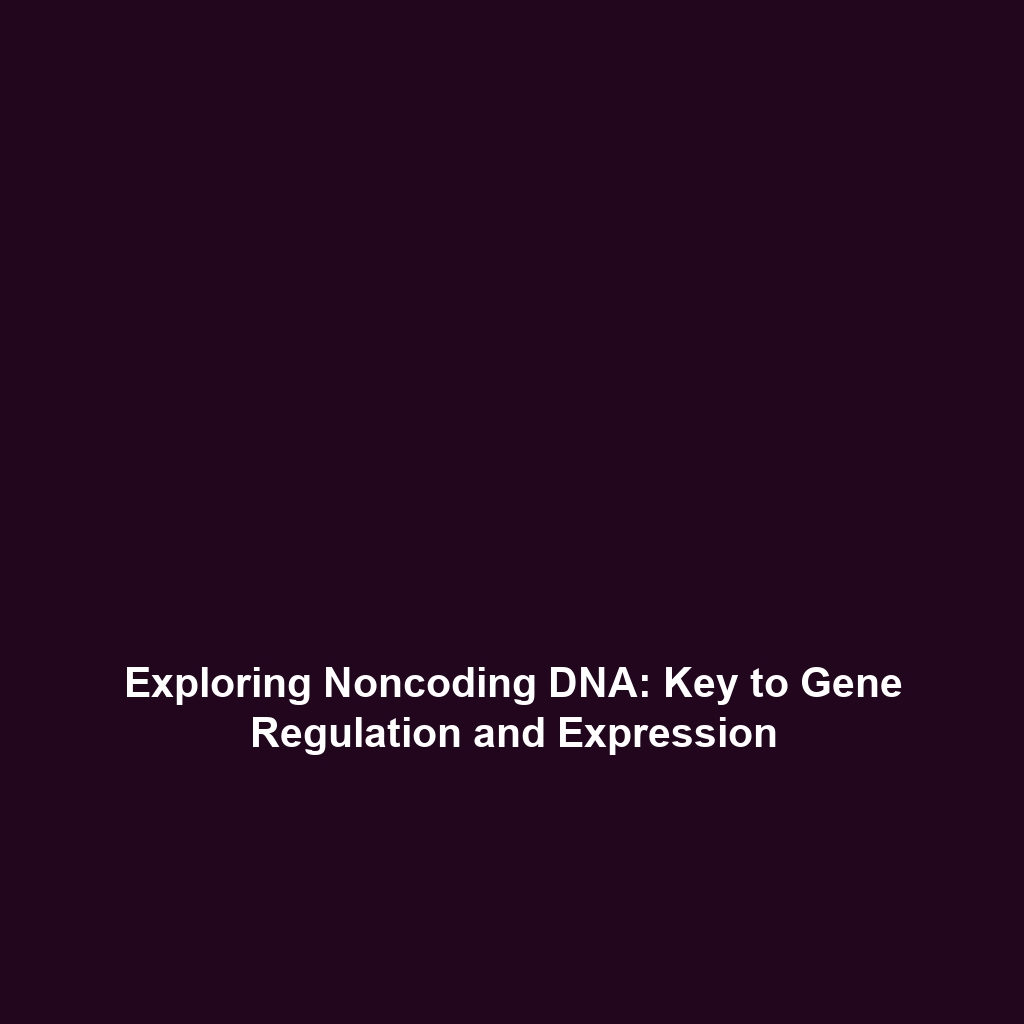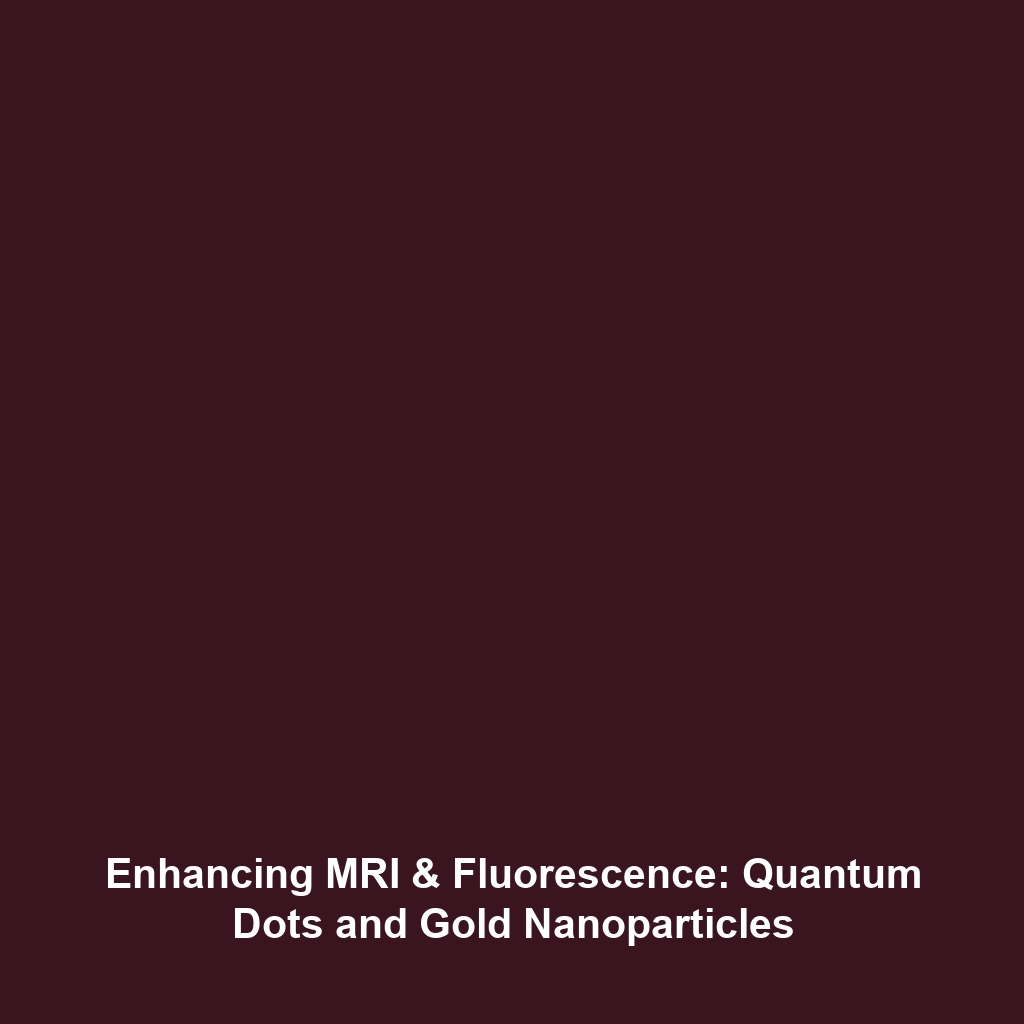<>
Findings on How Noncoding DNA Plays a Role in Gene Regulation and Expression
Introduction
The Human Genome Project (HGP) revolutionized our understanding of the human genome, revealing that a significant portion of DNA is noncoding. Findings on how noncoding DNA influences gene regulation and expression are crucial for understanding genetic mechanisms and their implications for health and disease. Noncoding DNA was once considered junk DNA, but recent research has highlighted its vital functions in cellular processes, making it an essential area of study within the context of the Human Genome Project.
Key Concepts
To appreciate the role of noncoding DNA in gene regulation, it is essential to understand several key concepts:
- Types of Noncoding DNA: Noncoding DNA includes various elements such as promoters, enhancers, and introns that regulate gene expression.
- Gene Regulation Mechanisms: Noncoding regions interact with transcription factors and RNA molecules, modulating gene activation and silencing.
- Epigenetics: Changes in gene expression caused by noncoding DNA are often influenced by epigenetic modifications, which are stable and heritable changes not involving alterations in the DNA sequence.
These concepts illustrate how noncoding DNA is not just filler in our genetic code but plays a significant role in the dynamic processes governing gene expression, fitting seamlessly into the discoveries stemming from the Human Genome Project.
Applications and Real-World Uses
Findings on how noncoding DNA is utilized provide exciting potential applications, particularly as they relate to the Human Genome Project:
- Gene Therapy: Understanding noncoding DNA can lead to advanced treatments targeting gene regulation, presenting potential solutions for genetic disorders.
- Biomarkers for Disease: Noncoding RNA can serve as biomarkers, enhancing early detection and personalized treatment approaches.
- Drug Development: Targeting specific noncoding DNA elements can lead to innovative therapeutic strategies, transforming how diseases are treated.
These practical uses emphasize the critical role that findings on noncoding DNA play in advancing our understanding within the context of the Human Genome Project.
Current Challenges
Despite the progress made, several challenges hinder the full utilization of findings regarding noncoding DNA:
- Data Interpretation: The complexity of noncoding regions and their interactions makes data interpretation challenging.
- Ethical Considerations: The implications of manipulating noncoding DNA raise ethical questions regarding genetic modifications.
- Research Funding: Limited funding for research on noncoding DNA compared to protein-coding genes affects the pace of discovery.
Addressing these challenges is crucial for unlocking the full potential of noncoding DNA research.
Future Research and Innovations
Future research is poised to explore innovative approaches concerning noncoding DNA and its implications for the Human Genome Project:
- CRISPR Technology: Advances in CRISPR gene editing are enabling researchers to target noncoding regions with unprecedented precision.
- Computational Biology: Improved bioinformatics tools will assist in analyzing complex noncoding sequences and their regulatory roles.
- Longitudinal Studies: Ongoing studies examining the long-term impacts of noncoding DNA regulation may lead to breakthroughs in our understanding of chronic diseases.
These innovations have the potential to reshape the landscape of genetic research and application.
Conclusion
In conclusion, findings on how noncoding DNA plays a significant role in gene regulation and expression are vital to our understanding of genetic science and its applications. These insights enrich the discoveries of the Human Genome Project and pave the way for innovative research and therapeutic strategies. For more information on genetic research advancements and related topics, explore our additional articles on genetics and genomic medicine.

